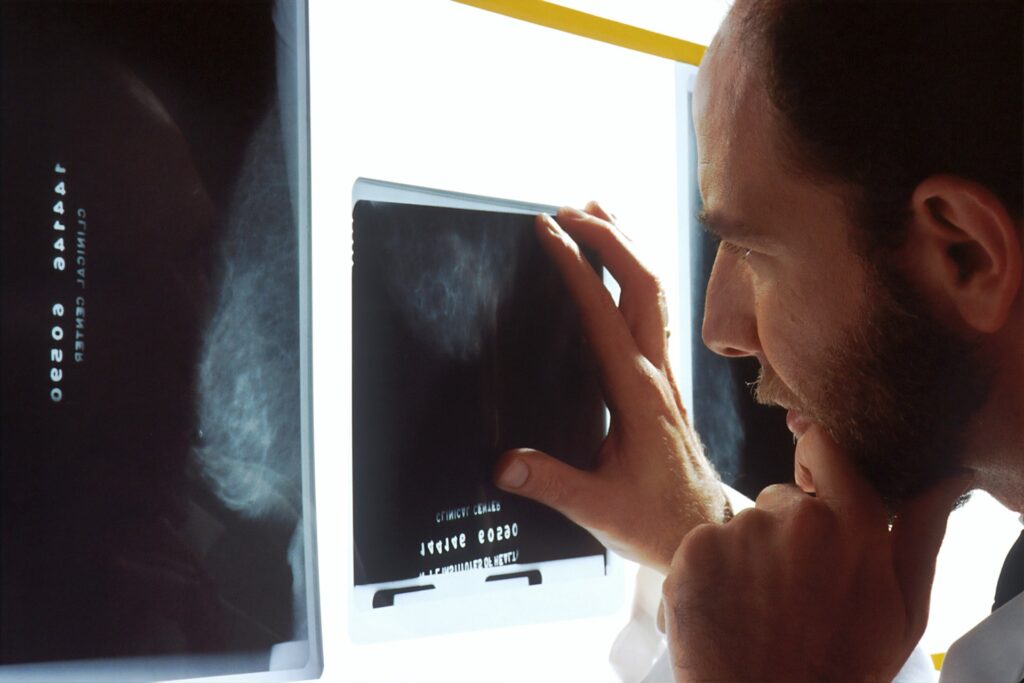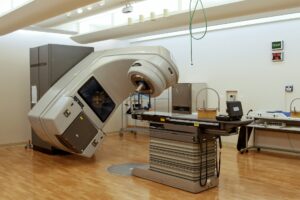MRI: Unveiling the Inner Workings

1. What Is MRI?
Magnetic Resonance Imaging (MRI) is a non-invasive medical imaging technique that provides detailed insights into soft tissues within the human body. Unlike X-rays, which primarily visualize bones, MRI offers exquisite contrast for organs, muscles, nerves, and brain structures.
2. How Does MRI Work?
When a patient lies inside an MRI scanner, their body’s hydrogen atoms (abundant in water and fat) align with the magnetic field. A brief radio pulse is then applied, causing these atoms to temporarily shift their alignment. As they return to their original state, they emit radio signals. The MRI machine captures these signals and transforms them into detailed images.
3. Brain Tumor Detection: A Crucial Application
Early detection of brain tumors is essential for effective treatment. MRI plays a pivotal role in this area by providing high-resolution brain images. These images allow doctors to identify abnormalities, including tumors.
4. The Black Box Problem
While deep learning models have improved medical image analysis, many existing models lack transparency. Healthcare professionals need both accuracy and interpretability.
5. ResNet50 and Grad-CAM
Researchers have combined the power of ResNet50 (a deep learning model) with Gradient-weighted Class Activation Mapping (Grad-CAM). This fusion offers accuracy and transparency. Grad-CAM highlights the regions in MRI images that influenced the model’s decision, providing valuable insights.
6. Results and Implications
The integrated approach achieved a testing accuracy of 98.52% in brain tumor detection, with precision and recall metrics exceeding 98%. The visual explanations from Grad-CAM allow doctors to understand where the model focused its attention.
7. Future Prospects
This blend of accuracy and explainability opens doors for more reliable and interpretable brain tumor detection tools. Imagine a future where doctors not only diagnose tumors but also comprehend how AI arrives at its conclusions.



